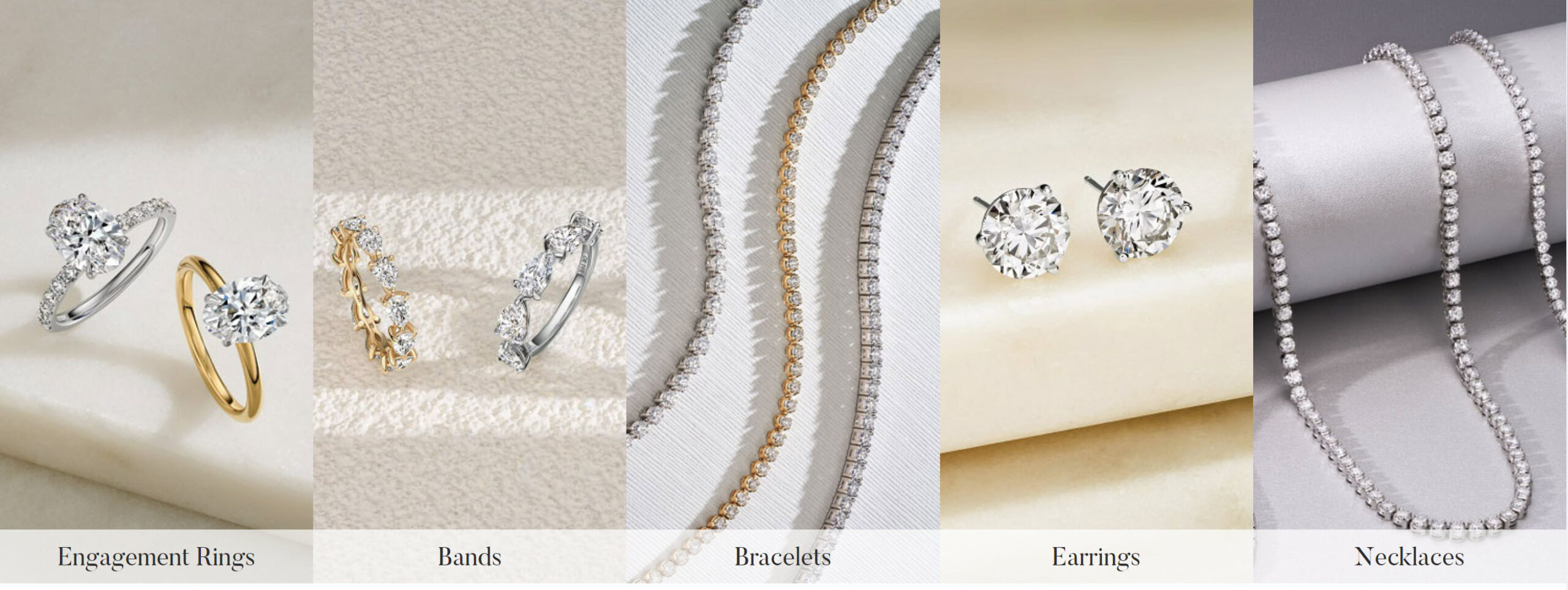Ever been stuck scrolling through diamond options online, only to realize you don’t actually know the difference between half the acronymsn Don’t worry—you’re not alone. One of the big ones people keep asking is this: GIA o IGI? Especially when it comes to lab created diamonds, the conversation can feel even murkier. And honestly, the answer isn’t as simple as you’d think.
Diamonds, Stories, and a Bit of Confusion
Think about it. When was the last time a piece of jewellery actually made you pause and go, “wow, that’s mine”? Most of us just pick something shiny, hope it fits, and move on. But with diamonds—especially lab ones—the story’s different.
Natural diamonds used to be the only “real” deal. The whole billions-of-years, pulled-from-the-earth narrative. But today, lab created diamonds are rewriting that story. Same sparkle, same durability, and let’s be honest—often at half the price.
Here’s where the plot twist comes in: the grading labs. You’ve probably heard of GIA (Gemological Institute of America). The big name, the one your cousin swears by because their jeweler told them so. And then there’s IGI (International Gemological Institute), which—depending on who you ask—gets called either “trustworthy” or “meh.”So which one should you actually care about?
The Options, the Trends, and the Noise
Let’s get real for a second. Most people buying an engagement ring don’t dream about certification paperwork. You dream about the moment. The box. The look on their face. But that little grading report tucked in the package? It matters.
Here’s the tea:
- GIA – Think of it as the strict teacher who never hands out A+. If a diamond’s graded “Excellent” by GIA, you can trust it’s top-tier. The institute has been around forever and is basically the gold standard.
- IGI – More approachable. Faster turnaround, sometimes more generous grades. A lot of jewelers offering lab created diamonds go with IGI because it’s practical, widely recognized, and easier for the lab-grown world.
- Price difference – You might be surprised. IGI-certified stones often come in a bit cheaper, which makes sense if you’re going for budget + sparkle.
And here’s the current trend: lab diamonds are exploding. Seriously. Gen Z and millennials are like, “why drop $10k on a mined stone when I can get a bigger, brighter lab one for $4k?” Hard to argue with that logic.
Why This Matters Where You Are
Here’s the fun part. The conversation isn’t just global—it’s local.If you’re shopping in places like Hong Kong, New York, or even online hubs that ship worldwide, the type of certification you see most often changes. Some markets lean heavily toward GIA because of reputation. Others—especially lab diamond sellers—push IGI.Why? Because IGI was one of the first grading bodies to really embrace lab grown diamonds. They weren’t stuck in the “oh, they’re not natural, so they don’t count” mentality. They gave lab diamonds a proper grading system early on, and that won people’s trust.
So while GIA is slowly catching up (and yes, they now grade lab grown too), IGI’s head start means you’ll bump into them more often when you’re browsing lab stones. It’s like Coke vs. Pepsi, but shinier.
The Process, Without the Jargon
Okay, so let’s say you’re actually ready to buy. What happens next?
- Pick your diamond – Decide whether you want lab or mined. (Spoiler: lab created diamonds are the wallet-friendly glow-up.)
- Check the certification – See if it’s GIA or IGI. Look at the 4Cs (cut, clarity, color, carat). Yes, it’s a little nerdy, but worth the 5-minute read.
- Compare, don’t panic – If the stone looks stunning to your eyes and the price feels right, the report is more like a security blanket than a make-or-break.
- Ask questions – Seriously, don’t be shy. Jewelers actually expect it. “Why did you go with IGI instead of GIA for this stone?” That’s a solid line.
- Enjoy the sparkle – At the end of the day, nobody’s stopping you mid-proposal to say, “Wait, is that GIA or IGI certified?”
See? Not as scary as it sounds.
Wrapping It Up
GIA o IGI Here’s the friendly truth: both have their place. If you’re buying lab created diamonds, IGI is often the go-to because of accessibility and cost. If you’re more traditional (or just like bragging rights), GIA might feel safer.But let’s face it—the sparkle, the memory, the story? That’s what actually counts.At the end of the day, a diamond—whether lab grown or earth mined—shouldn’t just sit pretty in a box. It should tell your story. Certification is just the fine print.




